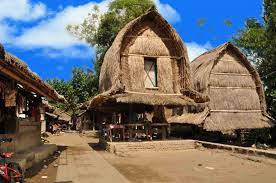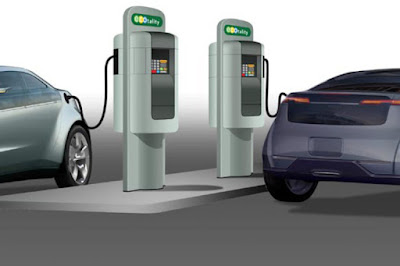Coral Triangle: Indonesia is part of the Coral Triangle, an area in the western Pacific Ocean recognized as the global center of marine biodiversity.
Sulfur Mining: The Kawah Ijen volcano in East Java is known for its blue fire phenomenon, caused by the combustion of sulfuric gases. Local miners extract sulfur from the volcano.
Bali Aga People: The Bali Aga people of Tenganan maintain ancient traditions and are known for their unique architecture and customs.
Ancient Manuscripts: Indonesia is home to some of the oldest written manuscripts in the Malay Archipelago, dating back to the 4th century.
Garuda Pancasila: The national emblem of Indonesia, Garuda Pancasila, features the mythical bird Garuda, a symbol of freedom and strength.
Tribal Tattoos: The Dayak people of Borneo are known for their intricate traditional tattoos, each having specific meanings and representing the individual's life journey.
Wae Rebo Village: Wae Rebo in Flores is a traditional village with cone-shaped houses called Mbaru Niang, preserving the Manggarai ethnic culture.
Bunaken Marine Park: Located in North Sulawesi, Bunaken Marine Park boasts some of the world's most diverse marine life, including coral reefs and numerous fish species.
Gong-Making: The people of Ternate, North Maluku, are renowned for their skill in crafting traditional gongs, an integral part of their cultural ceremonies.
Caci Whip Fighting: Caci is a traditional whip fighting dance from Flores, where participants use a rattan whip and a shield.
Dewi Sri: Dewi Sri is the Javanese rice goddess, representing fertility and prosperity in agriculture.
Pasola Festival: Sumba Island hosts the Pasola Festival, an annual traditional mounted spear-fighting competition that celebrates the rice-planting season.
Bajau Sea Nomads: The Bajau people are known as sea nomads, living on boats and relying on fishing for their livelihood.
Mount Merapi: Java's Mount Merapi is one of the most active volcanoes globally, and its name means "Mountain of Fire."
Ratoh Jaroe Dance: Aceh is known for the Ratoh Jaroe dance, a traditional dance accompanied by complex rhythmic patterns played on drums and gongs.
Toraja Death Rituals: The Toraja people in Sulawesi have unique death rituals, including elaborate funeral ceremonies that may involve sacrificing water buffalo.
Hindu Temple of Prambanan: The Prambanan Temple Complex includes the largest Hindu temple in Indonesia, dedicated to the Trimurti: Brahma, Vishnu, and Shiva.
Megalithic Culture: The Nias Island off Sumatra is known for its megalithic culture, with stone monuments, traditional houses, and stone-jumping competitions.
Betel Nut Chewing: Chewing betel nut is a common tradition in some Indonesian communities and is often associated with social interactions.
Petrified Wood Forest: Bantimurung Bulusaraung National Park in Sulawesi is home to a petrified wood forest, where ancient trees have turned into stone.
Kecak Dance: Originating from Bali, the Kecak dance is performed by a large group of men chanting "cak" while depicting a Hindu story.
Javanese Wayang Wong: Wayang Wong is a traditional Javanese dance-drama that combines dance, music, and acting to depict stories from the Ramayana and Mahabharata.
Traditional Medicine: Jamu is a traditional Indonesian herbal medicine made from natural ingredients, believed to have various health benefits.
Gorontalo Wooden Houses: The Gorontalo people in Sulawesi are known for their traditional wooden houses, characterized by intricate carvings and unique architecture.
Banda Islands: The Banda Islands were once the world's only source of nutmeg, leading to European colonization and historical conflicts.
Noken Bags: The Papuan people use Noken bags, traditional handwoven bags, for various purposes, including carrying goods and babies.
Meru Towers: Traditional Sasak houses in Lombok, called Bale Tani, have multiple roofs symbolizing social status, with more roofs indicating higher status.
Lore Lindu National Park: Located in Central Sulawesi, this park is home to unique wildlife, including the anoa (dwarf buffalo) and the babirusa (pig-deer).
Kampung Naga: This traditional Sundanese village in West Java maintains its cultural authenticity, with houses made of bamboo and thatched roofs.
Sago Palm Utilization: The Mentawai people in Sumatra use the sago palm extensively for food and various cultural practices, including traditional tattooing.
These facts highlight the incredible diversity of Indonesia, from its cultural practices and traditions to its natural wonders and historical significance.








